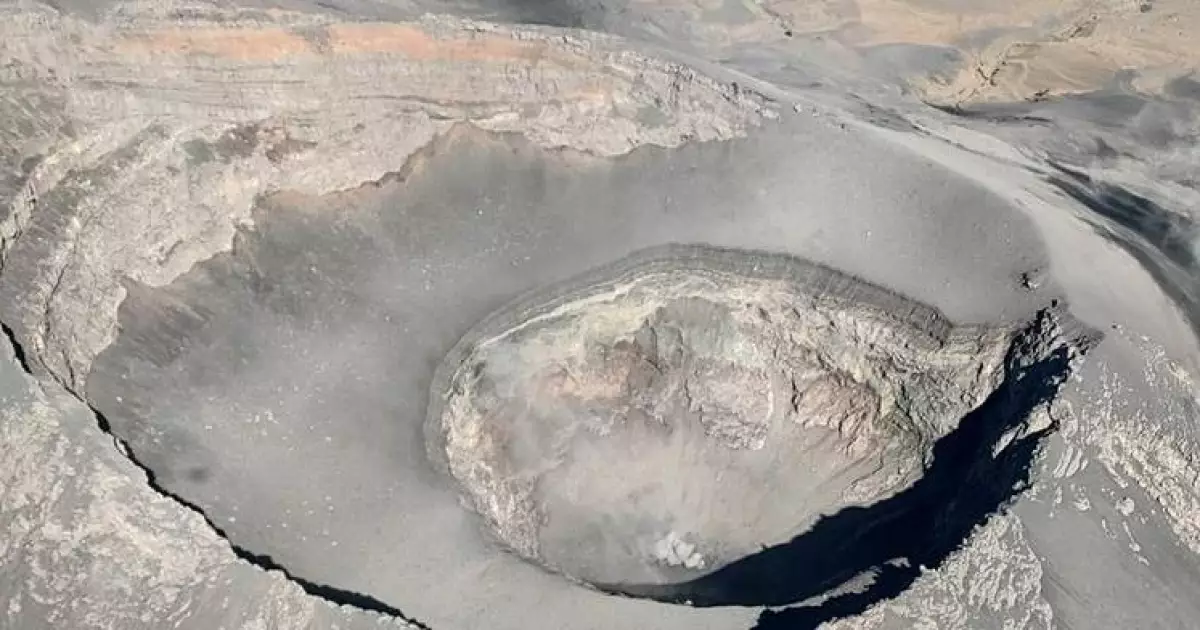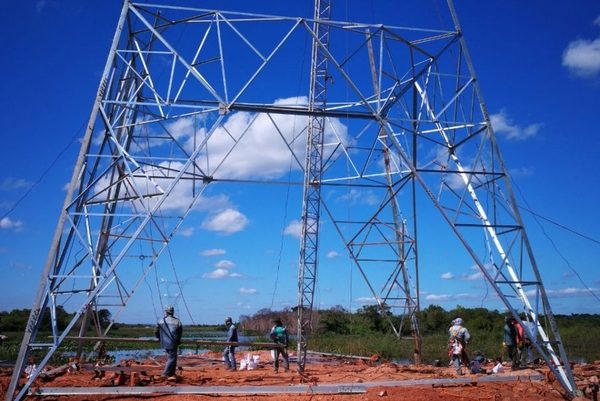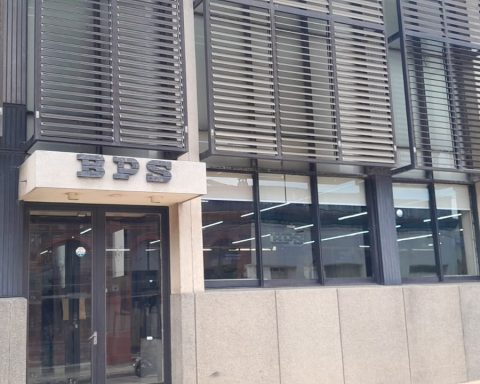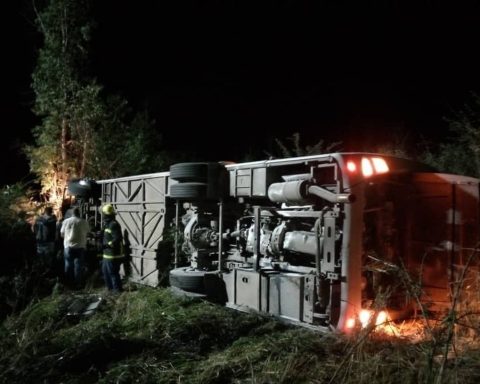Scientific and technical personnel from Cenapred carried out an overflight yesterday, January 27, to observe the morphological conditions of the volcano. Specialized personnel from the Institute of Geophysics of the National Autonomous University of Mexico (UNAM) participated in the monitoring with the support of the National Guard, in order to safeguard the life of the population surrounding the volcano.
It was verified that there are no important changes with respect to the previous overflight. It was possible to distinguish a small dome with an approximate diameter of 30 to 40 meters and a height between 5 and 10 meters, which coincides with what was observed in the satellite images. pic.twitter.com/9lOZvVN7ap
— National Civil Protection Coordination (@CNPC_MX)
January 28, 2023
From the overflight, Cenapred reported that it was possible “to determine that the dimensions of the inner crater rim have an approximate diameter of 390 to 410 meters, which indicates that there are no significant changes with respect to what was observed in the February 2022”.
“However, it can be seen that the bottom is silted by the remnants of the previous domes and fine material, which contributes to the depth being slightly less, being 160 to 180 meters,” he said.
It was possible to distinguish the presence of a small dome with an approximate diameter of 30 to 40 meters and a height between 5 and 10 meters, consistent with what was observed in yesterday’s satellite images, he added.
Authorities identified two gas emission zones on the floor of the inner crater.
“Based on the different parameters that are monitored and the information obtained during the overflight, ash emissions and explosions similar to those observed in recent weeks are expected to continue,” Cenapred said.
Authorities currently have the Yellow Phase 2 level of the Volcanic Alert Traffic Light active.
Cenapred emphatically reiterated the recommendation not to ascend to the volcano’s crater since there is a possibility of explosions, as has been seen on several occasions in the past, which involve the emission of incandescent fragments and in case of heavy rains, move away of the bottoms of ravines due to the danger of mud and debris flows.

















